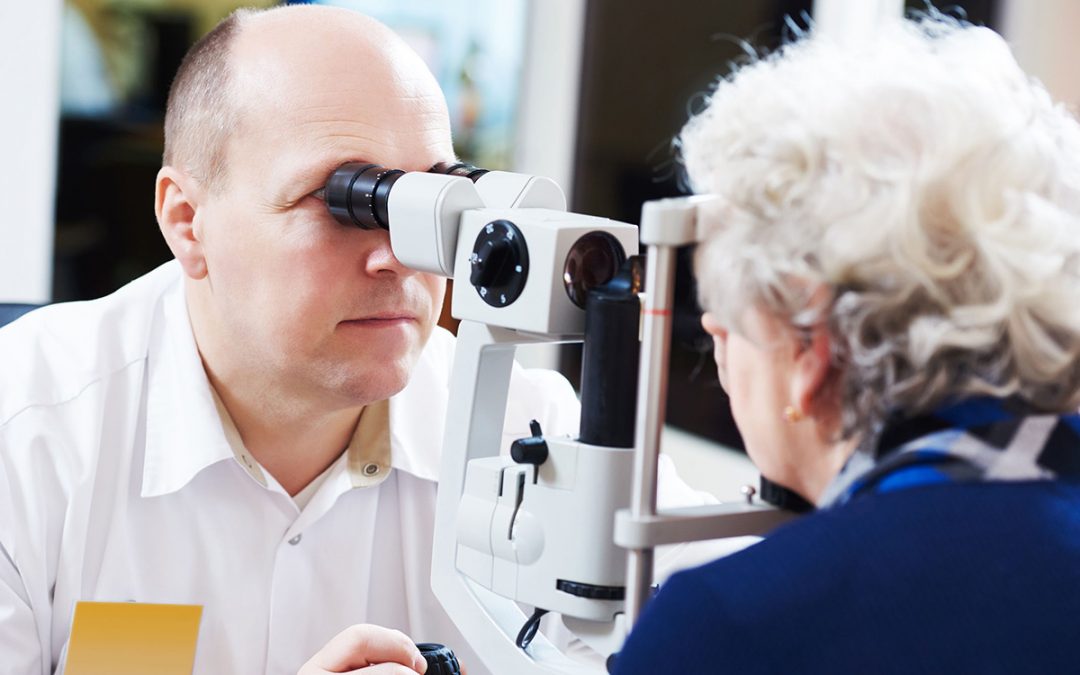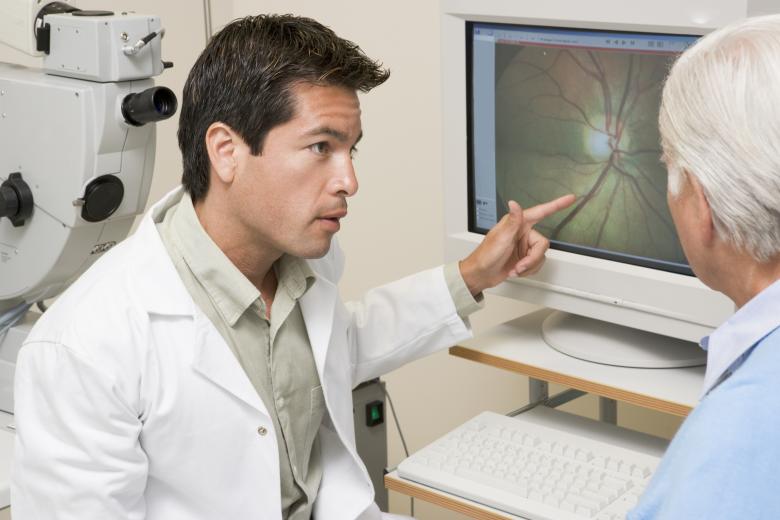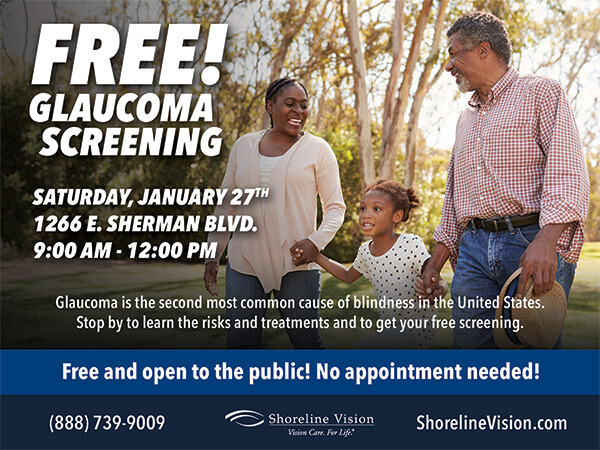
It is estimated that three million Americans have glaucoma, but only about half of them know that they have glaucoma. Over 78,000 residents are affected in Michigan and approximately 30,000 live in Muskegon and Ottawa Counties.
Glaucoma is a leading cause of blindness for people over 60 years old. However, blindness from glaucoma can often be prevented with early treatment. When glaucoma develops, usually you do not have any early symptoms and the disease progresses slowly. In this way, glaucoma can steal your sight very gradually. Fortunately, early detection and treatment (with glaucoma eye drops, glaucoma surgery or both) can help preserve your vision.
What is Glaucoma?
Glaucoma is a group of diseases that gradually steal sight without warning. In glaucoma, pressure builds up inside the eye. Over time, the pressure build-up causes damage to the optic nerve.
Glaucoma can potentially lead to vision loss or blindness. According to the World Health Organization, Glaucoma is the 2nd leading cause of blindness in the world. Glaucoma can cause blindness if left untreated.
Why should someone get tested for glaucoma?
There are no symptoms to warn someone and everyone is at risk for glaucoma from babies to senior citizens. Those that are at higher risk are African-Americans over age 40, Hispanics, people with a family history of glaucoma, individuals over age 60, people with other health conditions, such as diabetes and those who have experienced a serious eye injury are considered at risk. It is important to have a yearly eye exam with an optometrist or ophthalmologist and they will test for glaucoma.

How is Glaucoma detected?
Many people may know of the “air puff” test or other tests used to measure eye pressure in an eye examination. But, this test alone cannot detect glaucoma. Glaucoma is found most often during a dilated eye examination. This means drops are put into the eyes during the exam to enlarge the pupils. This allows the eye care professional to see more of the inside of the eye to check for signs of glaucoma.
What are the Symptoms of Glaucoma?
There may be no symptoms to warn you: with open angle glaucoma, the most common form, there are virtually no symptoms. Usually, no pain is associated with increased eye pressure. Vision loss begins with peripheral or side vision. You man compensate for this unconsciously by turning your head to the side, and may not notice anything until significant vision is lost. The best way to protect your sight from glaucoma is to get tested. Although glaucoma cannot be cured, early detection and treatment can usually preserve vision
Is there a cure for Glaucoma?
There is no cure (yet) for Glaucoma: glaucoma is not curable, and vision cannot be regained. With medication and/or surgery, it is possible to halt further loss of vision. Since glaucoma is a chronic condition, it must be monitored for life. Although glaucoma cannot be cured, early detection and treatment can usually preserve vision. Know your risk factors and have your eyes examined at the intervals recommended by your eye doctor. This Annual Glaucoma Screening is completely free and open to the public. Mark your calendar for Saturday, January 27 from 9:00 AM – 12:00 PM.







